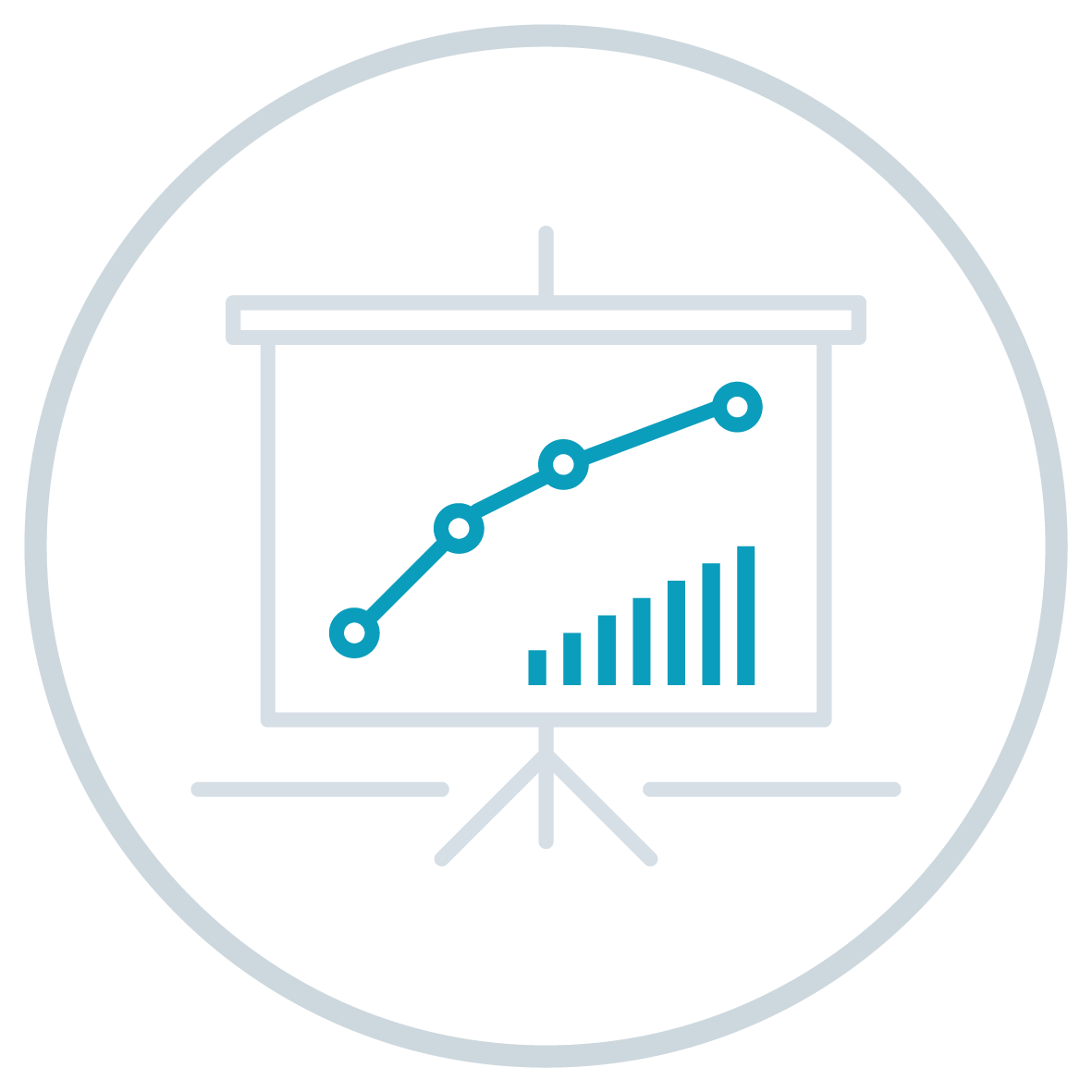An article from our investment partners Dimensional:
The pandemic snuck up on investors. On December 31, 2019, the government in Wuhan, China, confirmed that dozens of people were being treated for a new virus. China reported its first death from the virus on January 11, 2020, the World Health Organization declared a global emergency on January 30, and the first death outside China occurred in the Philippines on February 1. Financial markets took this news in stride. The UK’s FTSE 100 fell 1%, for example, from December 31, 2019 to February 20, 2020 and the S&P 500 rose 5% over the same interval. Things changed quickly, however, after that. Over the next month, stock indices around the world plunged, with both the S&P 500 and the FTSE 100 dropping by a third.
The behavior of the Cboe Volatility Index (VIX)—the index that measures the expected volatility of the S&P 500 index over the next 30 days—is particularly interesting. The index started 2020 at about 14, below its long run average of roughly 18.5, and it was still close to 14 on February 20. Then it exploded. The expected volatility of the S&P 500 rose by a factor of six in less than a month, to a high of over 85 on March 18.
Why did volatility go up so much? The short answer is, because there was so much to learn. This was a new virus that caused a new and potentially fatal disease. In early March, we did not know how contagious or lethal it was, who was most vulnerable, what one should do to avoid it, whether masks were an effective deterrent, or whether it would go away in the summer. Every day brought new information—some accurate, some not so accurate—that investors tried to interpret and project into the future. When the news was better than expected, prices would shoot up. And when it was worse than expected, prices would plummet.
With all this uncertainty, why didn’t everyone sell? Because no one can sell if no one is willing to buy. Market prices are constantly adjusting to keep the number of shares people want to sell in line with the number people want to buy. After bad news about future cash flows, many investors would have been happy to sell at the old prices, but few investors wanted to buy there. Prices had to drop to attract buyers. And after good news, prices had to rise to attract sellers. Prices fell by one-third from February 20 to March 23 because, overall, the news was bad.
The high volatility in February and March 2020 almost certainly pushed prices down as well. The evidence is not conclusive about the effect of such great uncertainty, because this high level of volatility is rare and because it obscures signals about expected returns, but both logic and experience suggest that expected returns go up when risk rises. Since the expected return is also the discount rate, a higher expected return lowers the present value of the future expected cash flows, which drives prices down further. In fact, the S&P index hit its low for 2020 only five days after the VIX hit its high.
In short, in the early months of the pandemic, financial markets struggled to understand how COVID-19 would affect the economy, and volatility went through the roof. Prices dropped by about one-third, both because the overall news was bad and, almost certainly, because buyers demanded higher expected returns as compensation for their higher risk.
Stockholders who did not sell in February and March would have been rewarded for their fortitude. Although the market remained turbulent, with the VIX in the upper 20s through June and above 20 for the rest of the year, uncertainty gradually declined and many publicly traded firms prospered.
Presumably driven by higher expected cash flows and lower required returns, the S&P 500 rose 70% from the low on March 23, 2020 to December 31, 2020. Investors who weathered the pandemic’s turbulent impact for all of 2020 would have been rewarded with a cumulative return of 18% on the S&P 500 and 24% on the broad US market.*
*US market is defined as Fama/French Total US Market Research Index. The performance reflects the growth of a hypothetical $1 investment. Index data presented is hypothetical and assumes reinvestment of income and no transaction costs or taxes.
Ken French is a member of the Board of Directors of the general partner of, and provides consulting services to, Dimensional Fund Advisors LP.
Fama/French Total US Market Research Index: The value-weighted US market index is constructed every month, using all issues listed on the NYSE, AMEX, or Nasdaq with available outstanding shares and valid prices for that month and the month before. Exclusions: American depositary receipts. Sources: CRSP for value-weighted US market return. Rebalancing: Monthly. Dividends: Reinvested in the paying company until the portfolio is rebalanced.
S&P data © 2021 S&P Dow Jones Indices LLC, a division of S&P Global. All rights reserved.
Past performance is no guarantee of future results. Indices are not available for direct investment. Their performance does not reflect the expenses associated with management of an actual portfolio.
The information in this document is provided in good faith without any warranty and is intended for the recipient’s background information only. It does not constitute investment advice, recommendation, or an offer of any services or products for sale and is not intended to provide a sufficient basis on which to make an investment decision. It is the responsibility of any persons wishing to make a purchase to inform themselves of and observe all applicable laws and regulations. Unauthorized copying, reproducing, duplicating, or transmitting of this document are strictly prohibited. Dimensional accepts no responsibility for loss arising from the use of the information contained herein.
“Dimensional” refers to the Dimensional separate but affiliated entities generally, rather than to one particular entity. These entities are Dimensional Fund Advisors LP, Dimensional Fund Advisors Ltd., Dimensional Ireland Limited, DFA Australia Limited, Dimensional Fund Advisors Canada ULC, Dimensional Fund Advisors Pte. Ltd., Dimensional Japan Ltd., and Dimensional Hong Kong Limited. Dimensional Hong Kong Limited is licensed by the Securities and Futures Commission to conduct Type 1 (dealing in securities) regulated activities only and does not provide asset management services.
Issued by Dimensional Fund Advisors Ltd. (DFAL), 20 Triton Street, Regent’s Place, London, NW1 3BF. DFAL is authorised and regulated by the Financial Conduct Authority (FCA). Information and opinions presented in this material have been obtained or derived from sources believed by DFAL to be reliable, and DFAL has reasonable grounds to believe that all factual information herein is true as at the date of this document.
DFAL issues information and materials in English and may also issue information and materials in certain other languages. The recipient’s continued acceptance of information and materials from DFAL will constitute the recipient’s consent to be provided with such information and materials, where relevant, in more than one language.
RISKS
Investments involve risks. The investment return and principal value of an investment may fluctuate so that an investor’s shares, when redeemed, may be worth more or less than their original value. Past performance is not a guarantee of future results. There is no guarantee strategies will be successful.
Categories: Markets, Uncategorised



